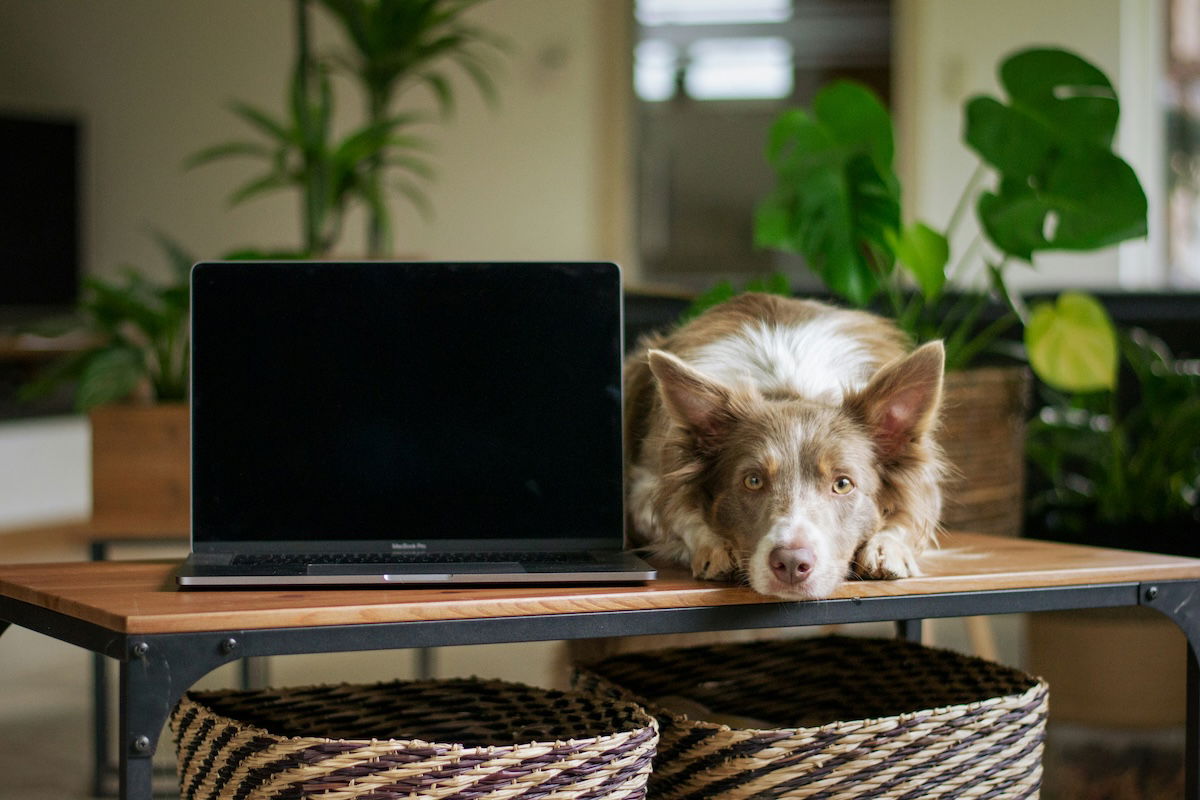Today, we teach you all you need about pet photography. Our complete guide includes everything from ideas to gear and recommended settings. By the end of our article, you’ll have endless ideas and may want to start your own pet photography business!
Each section briefly introduces the ideas relevant to the headings. To learn more about each topic, click the links for our in-depth articles.

First, let’s look at the pet photography genre. Pet photography consists of taking photos of our furry friends. It can be considered a type of portrait photography, but it can be much harder to control your subject and get the desired results.
Pet photography is great as it lets us share images of our loved ones with friends and family. It is also excellent for multiple photography genres, from advertisement to product photography!
Pet photography is a fun process that captures adorable moments with your furry friend. From silly expressions to heartwarming poses, there are endless opportunities to get creative with your camera.
Some ideas include capturing your pet’s signature pose, like a cat’s pounce or a dog shaking off water. You can also focus on the bond between pets and their owners or even dress up your pup in cute outfits. Action shots of dogs catching treats or playing frisbee make for exciting images, too.
Our pet tips and ideas will help you create memorable photos regardless of your pet’s type. If you want to learn even more about pet photography, we have plenty of resources available to help you improve your skills. Use these links to jump to the sections you need:
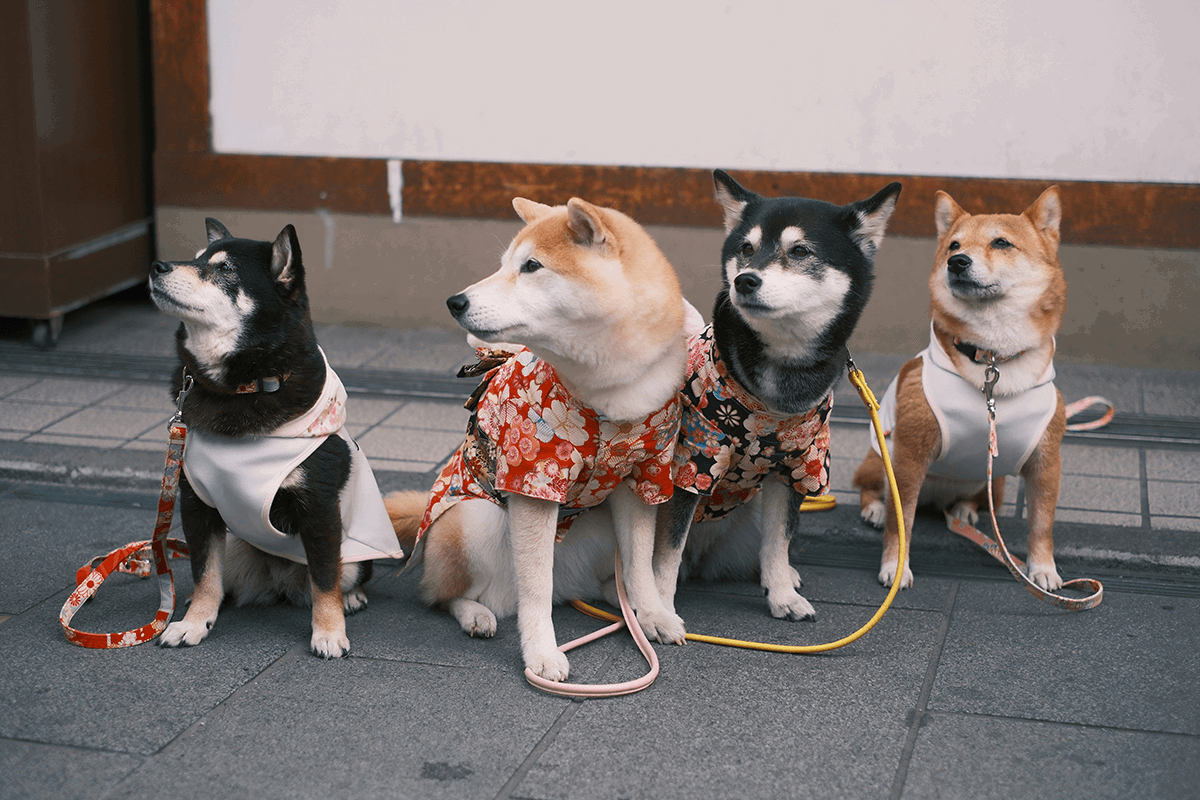
If you want to get the best pet portraits, you need the right settings and lighting. No particular method works better than others. Instead, you use different settings to achieve different photographic styles.
Working with a flash and high shutter speed is a great way to capture your pets in motion. Using natural light and a standard shutter speed will achieve more natural portraits. The best way to learn is to find a pet photographer you like and try to replicate their style.
To capture great pet photos, you need to understand the basics of camera settings. The three key components are ISO, aperture, and shutter speed. ISO controls your camera’s sensitivity to light, with higher numbers resulting in brighter but noisier images.
The aperture is the opening in your lens that lets light through to the sensor. A wide aperture like f/1.8 gives you a shallow depth of field, blurring the background and making your subject stand out.
Shutter speed controls how long you expose the camera sensor to light. To freeze action, use a fast shutter speed, like 1/1000 s (seconds).
Set your camera to manual mode for the best results and adjust the settings based on the lighting conditions. To learn more about camera settings for pet photography, check out our in-depth guide.
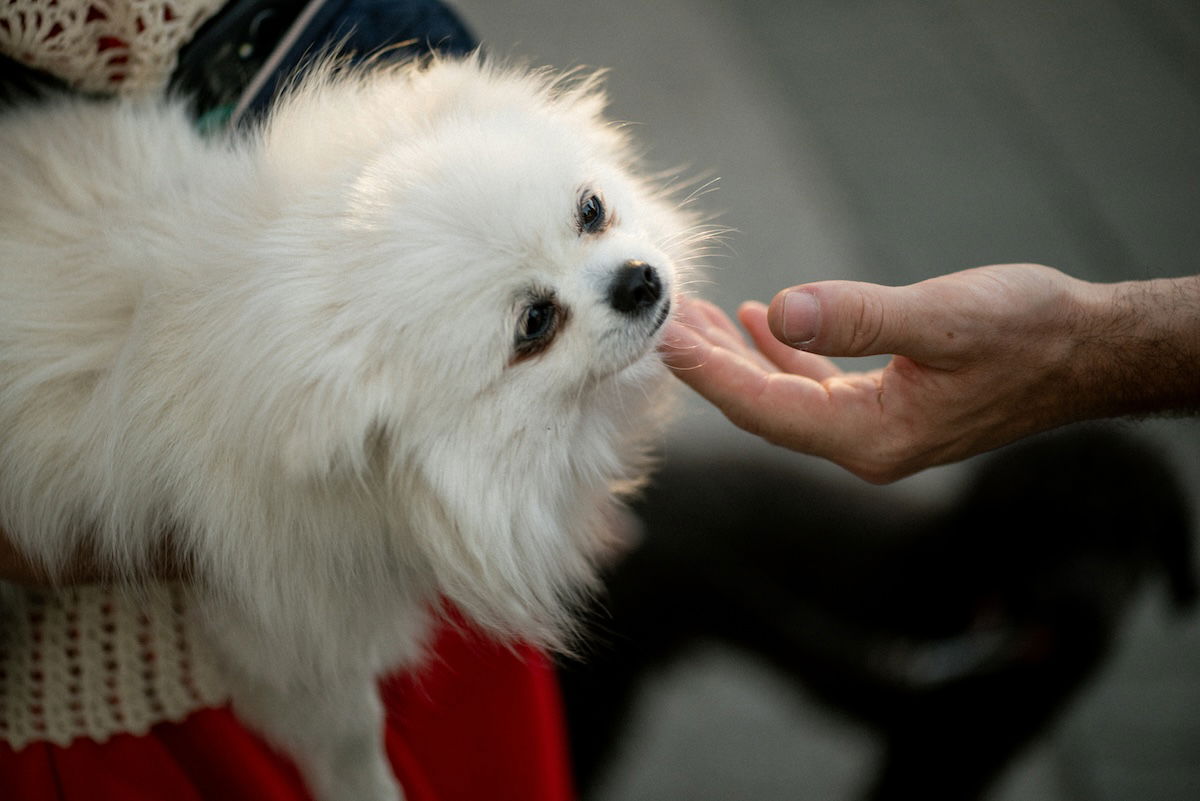
The aperture is an important setting in pet photography. It controls the amount of light entering the camera and affects the depth of field. A wide aperture like f/2.8 or lower creates a shallow depth of field, blurring the background and making the pet stand out.
This blur is great for hiding distracting backgrounds or creating a soft, dreamy look. But keeping the pet in focus with a shallow depth of field can be tricky.
An aperture of f/8.0 or higher creates a deep depth of field, keeping everything in focus. This setting is useful for capturing pets in action or including a beautiful background. It also makes focusing easier, but it may require more light.
To learn more about photographing pets, check out our guide on choosing the best aperture for pet photos.
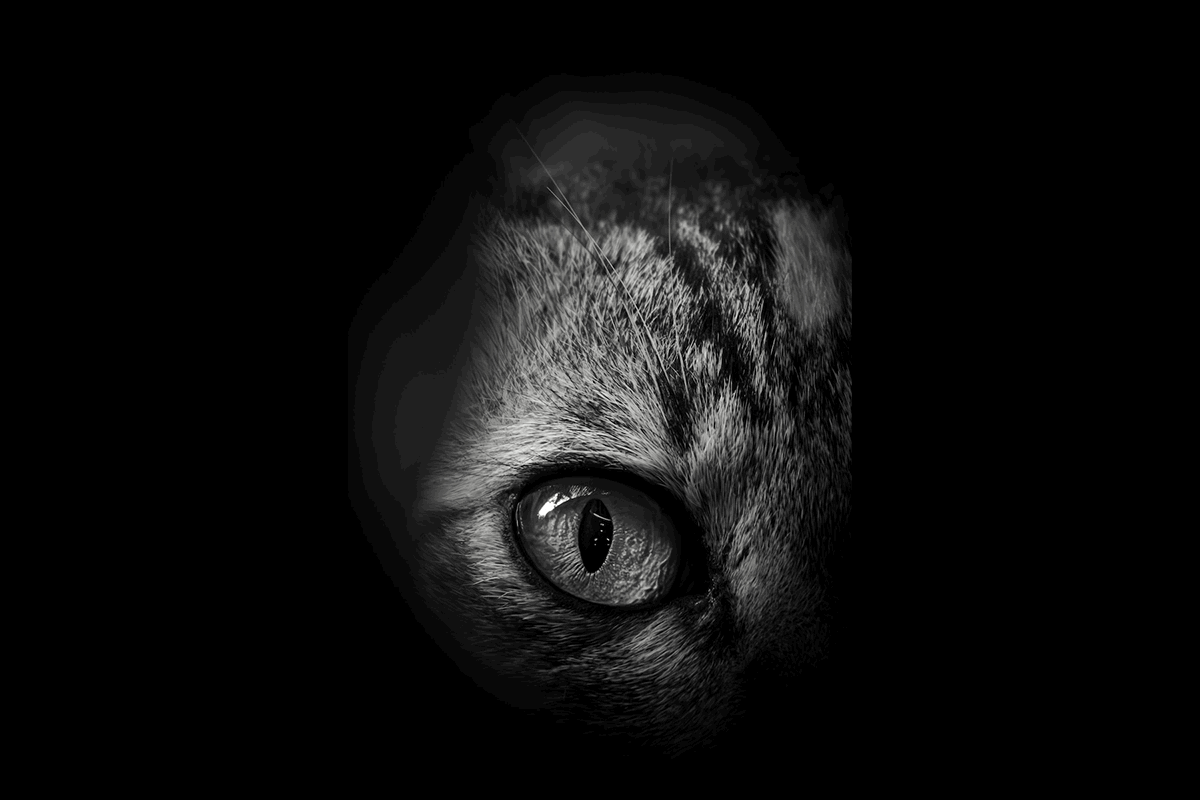
Lighting is the key to exceptional photographs. Use a softbox to create a soft, flattering light on your pet. Position it overhead for a dramatic look or in front for a classic portrait. You can also place the softbox below your pet for an ominous effect.
LED strip lights are very bright, so position them farther away from your subject to avoid harsh shadows. Placing the light to the side creates moody, storytelling portraits that many pet owners love.
Ring lights expose every part of your pet while separating them from the background.
Position the ring light in front of your pet and shoot through the center for a popular catchlight effect in the eyes. You can also place the ring light behind your pet for an ethereal halo look, which works best on long-haired animals.
Check out our complete article to learn more about pet photography lighting setups.
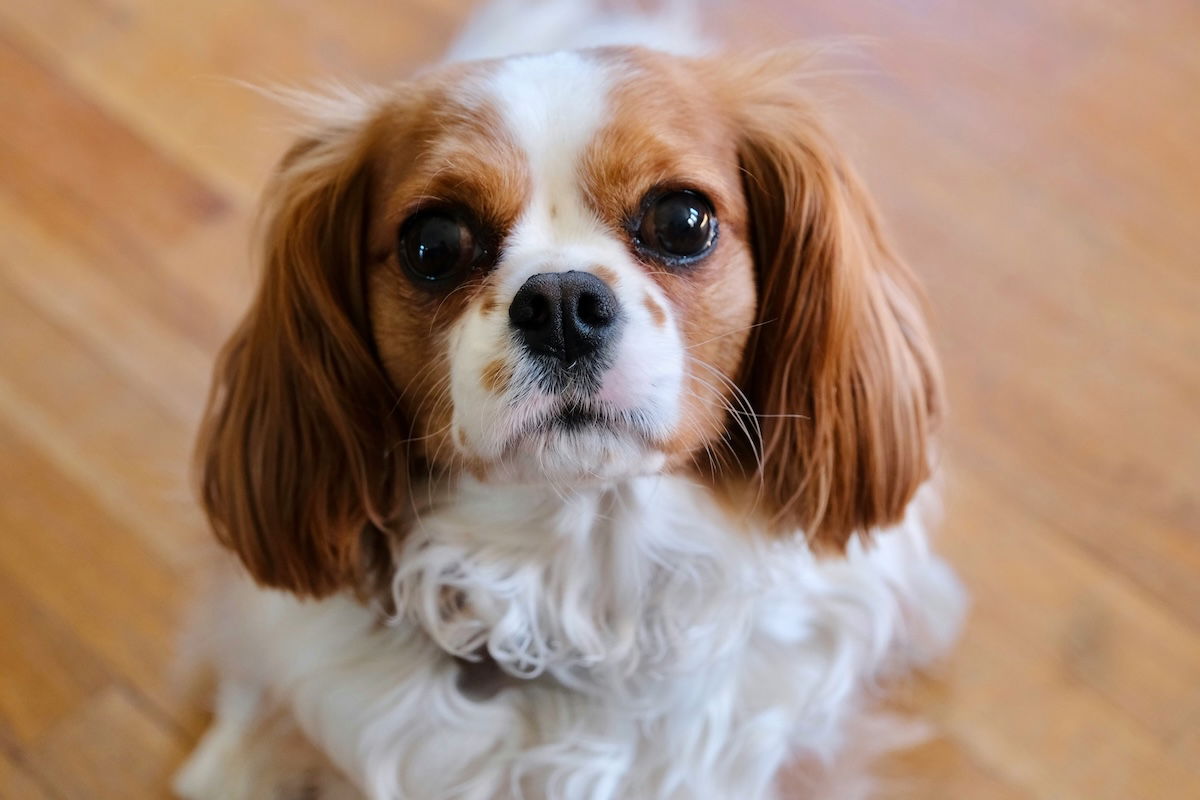
Dogs are among the most common pets. Thanks to this fact, we have many photography ideas for your dogs! Each section covers a different aspect of dog photography. They range from different techniques to shooting different types of dogs.
Dogs are full of energy and hard to control as a photographic subject. We touch on various points to help you achieve the best photographs. These include ensuring your dog has all their energy out beforehand and treats!
Here are some tips for taking great dog portraits. Use a wide aperture like f/2.8 to focus on the dog’s eyes and create depth. Take photos in burst mode to capture motion and unpredictable moments. A wide-angle lens can create fun, unusual portraits.
Natural light is best for striking pet photos. Shoot during golden hour or on a cloudy day for a pleasant glow. Get down to the dog’s eye level to calm them and take unique shots.
Using a zoom lens gives your subject space to feel comfortable. Start with action shots, then take classic portraits once they settle down. Reward your pup with treats during breaks and take beautiful close-ups. Dog photography takes practice, but you’ll become skilled in no time!
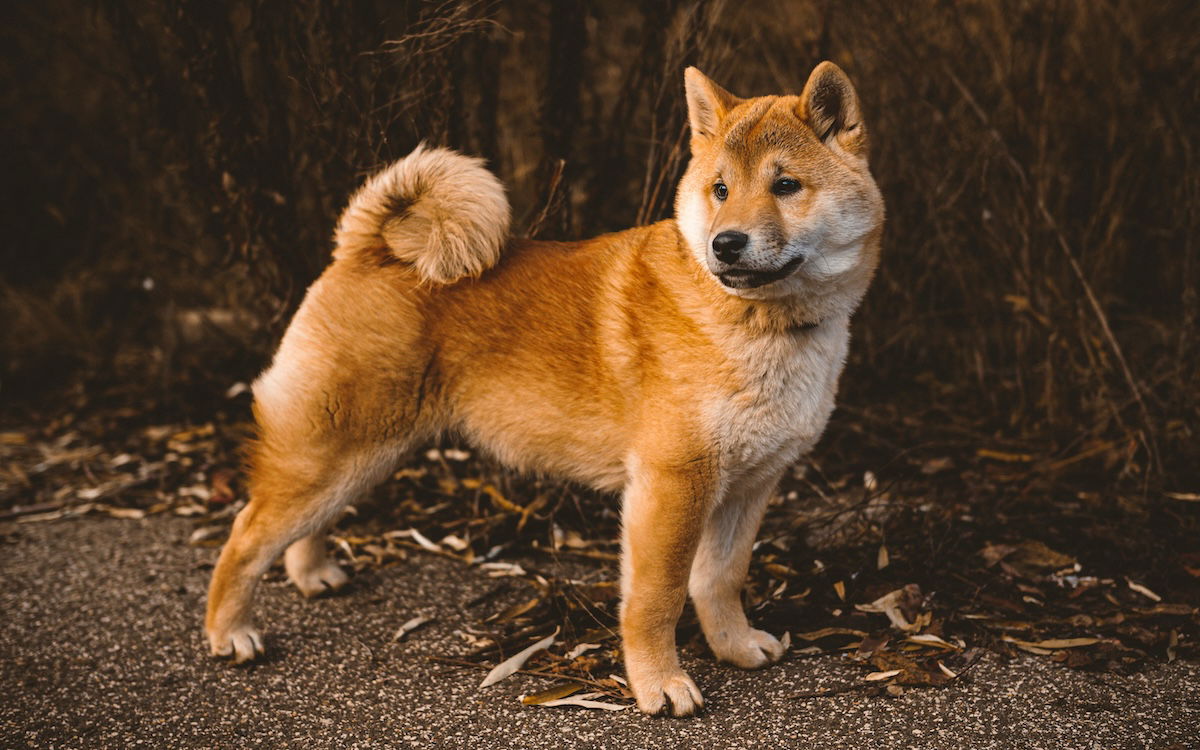
To capture amazing action shots of dogs, use a fast shutter speed of at least 1/1000s to freeze motion. Enable continuous focus mode and burst mode on your camera for sharp images. Pre-focus on the dog before it starts moving and follow it while holding focus.
Panning is key for interesting shots. Move your camera with the dog’s movement and shoot from their eye level. Use negative space in the direction of implied movement to give the viewer a sense of action.
Encourage the dog to play and run, but watch for signs of distress. Give breaks as needed to keep the experience pleasant for everyone. Using these techniques and the right action dog photography gear, you can create dynamic images to highlight the joy and energy of dogs in motion.
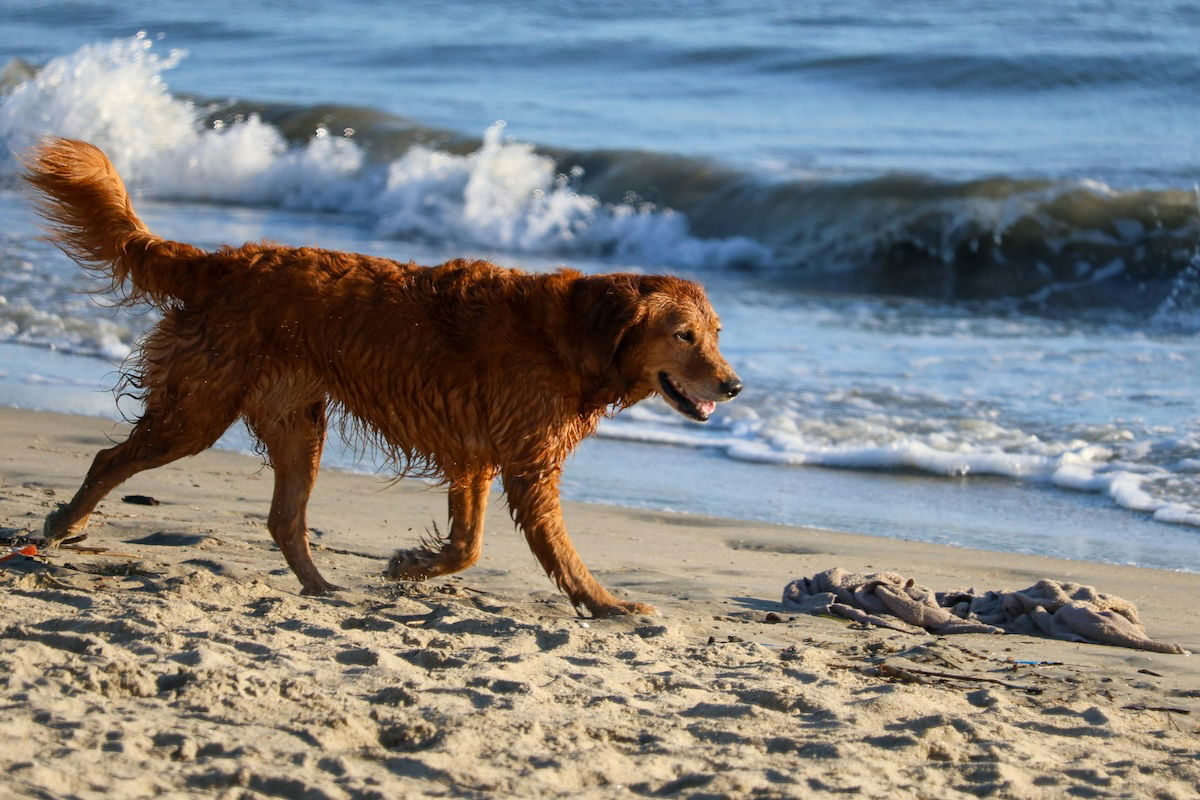
Capturing adorable puppy photos can be challenging. But with the right tips, you can create heartwarming memories.
For the best perspective, get down to the puppy’s level and use a simple background to keep the focus on your furry subject. Natural light is ideal for flattering exposure, so consider an outdoor photoshoot in a safe, open space.
Puppies are always on the move, so use a fast shutter speed and burst mode to freeze their playful antics. A shallow depth of field can help spotlight the puppy and draw attention to their cuteness.
Focus on the puppy’s eyes for engaging shots. And incorporate props to add interest and personality to your images.
Before the photoshoot, tire the puppy out with playful activities for better cooperation. Get close to highlight details like paw pads and nose texture, and experiment with contrasting textures and colors to make your puppy photos pop.
Place the puppy in props like a cozy blanket or decorative box for extra cuteness. If you’d like to learn more about puppy photoshoot tips, we have a wealth of information to help you capture the perfect shots.
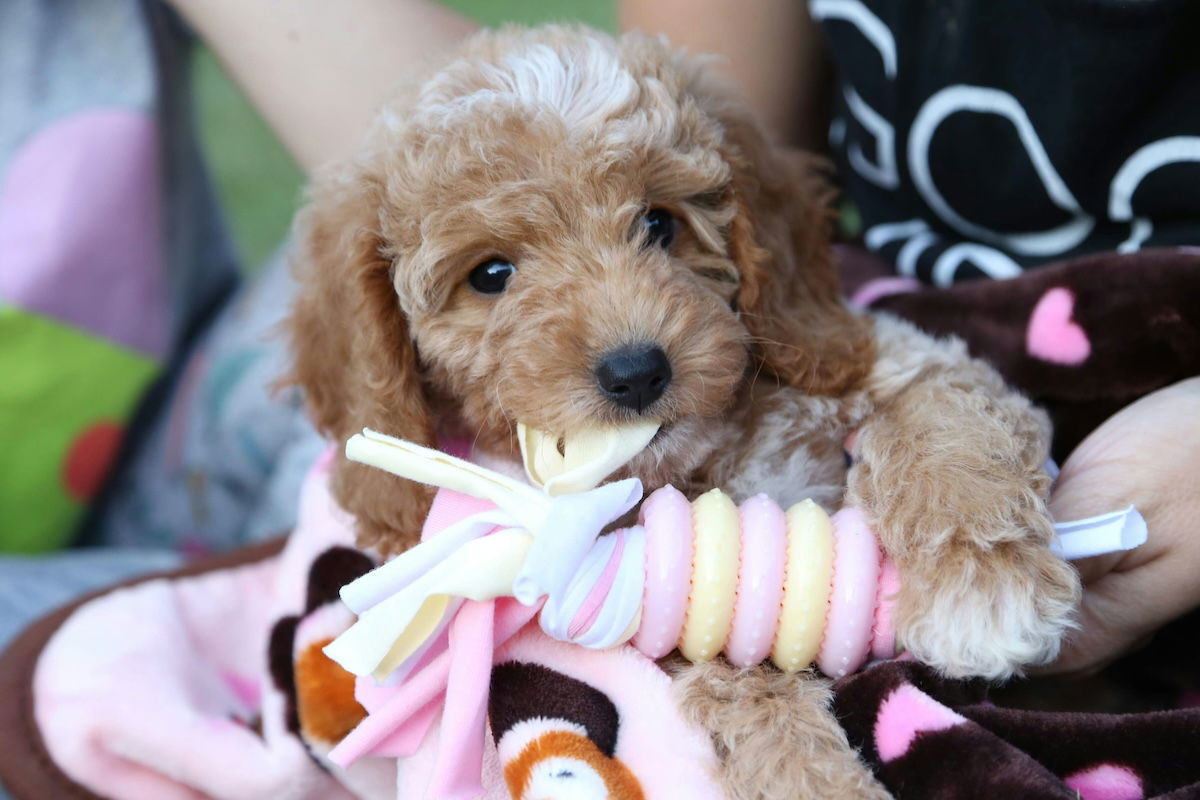
Photographing black dogs can be challenging. Underexposing the scene helps preserve details in the dark fur. Avoid direct light to minimize harsh shadows on your subject.
Choose a dark background to reduce highlights and contrast. Use a flash or reflector to illuminate the dog’s face, especially in backlit situations. In post-processing, remove any unwanted color casts from the fur using selective saturation or an adjustment brush.
Incorporate vivid colors in the background to contrast the dark fur and create a more vibrant image. If your subject is backlit, consider creating a silhouette. The darker fur makes it easier to achieve without underexposing the background too much.
For more tips on black dog photography, check out our in-depth guide.
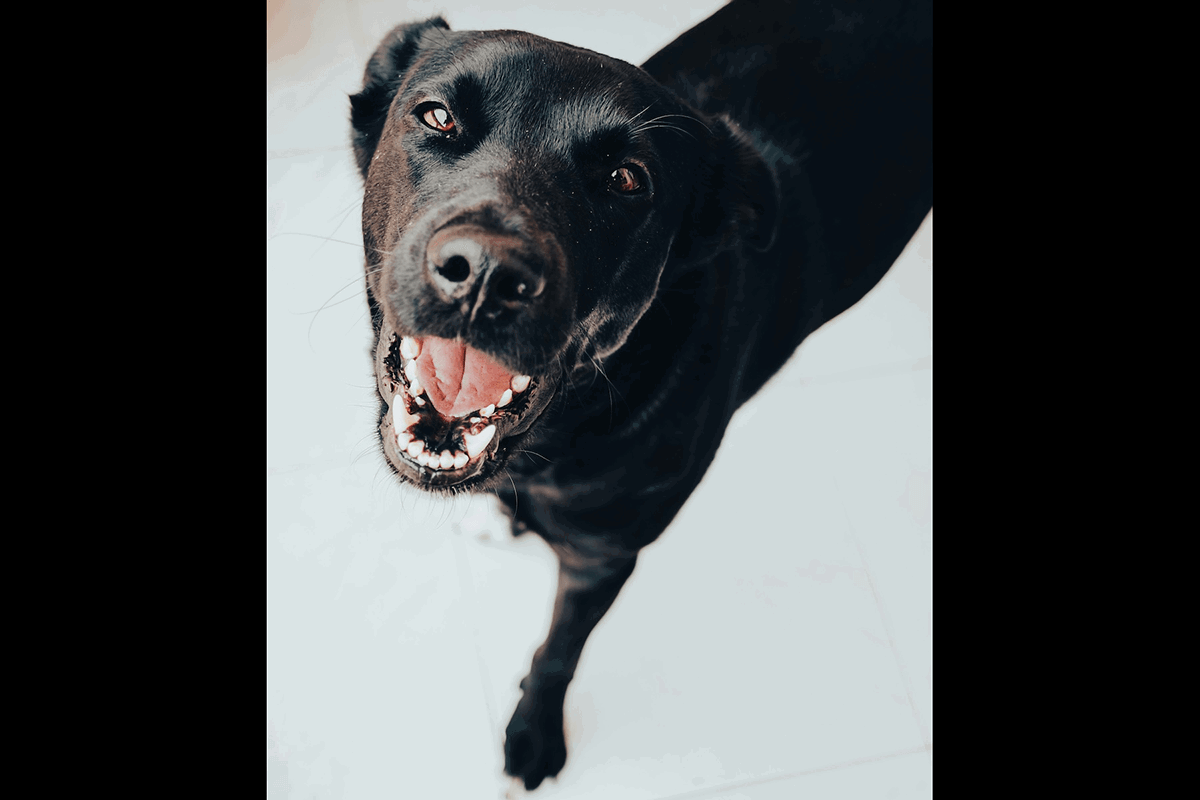
Christmas is a great time to take cute photos of your dog. Props like Santa hats, reindeer antlers, and wrapping paper can make your pet photos festive. If your dog won’t wear a hat, try placing them in a wintry setting instead.
Avoid distracting backgrounds in your photos. Pose your dog in front of the Christmas tree and use a wide aperture to blur the background and create a beautiful bokeh from the lights.
Including family members in the photos adds to the holiday atmosphere. Candid shots of your dog playing in the snow or with wrapping paper and boxes are also fun ideas. Use fairy lights to set a magical mood, or place the lights in a jar for dramatic side lighting.
With a little creativity, you can capture precious memories of your furry friend this Christmas. Check out more dog Christmas photo ideas.
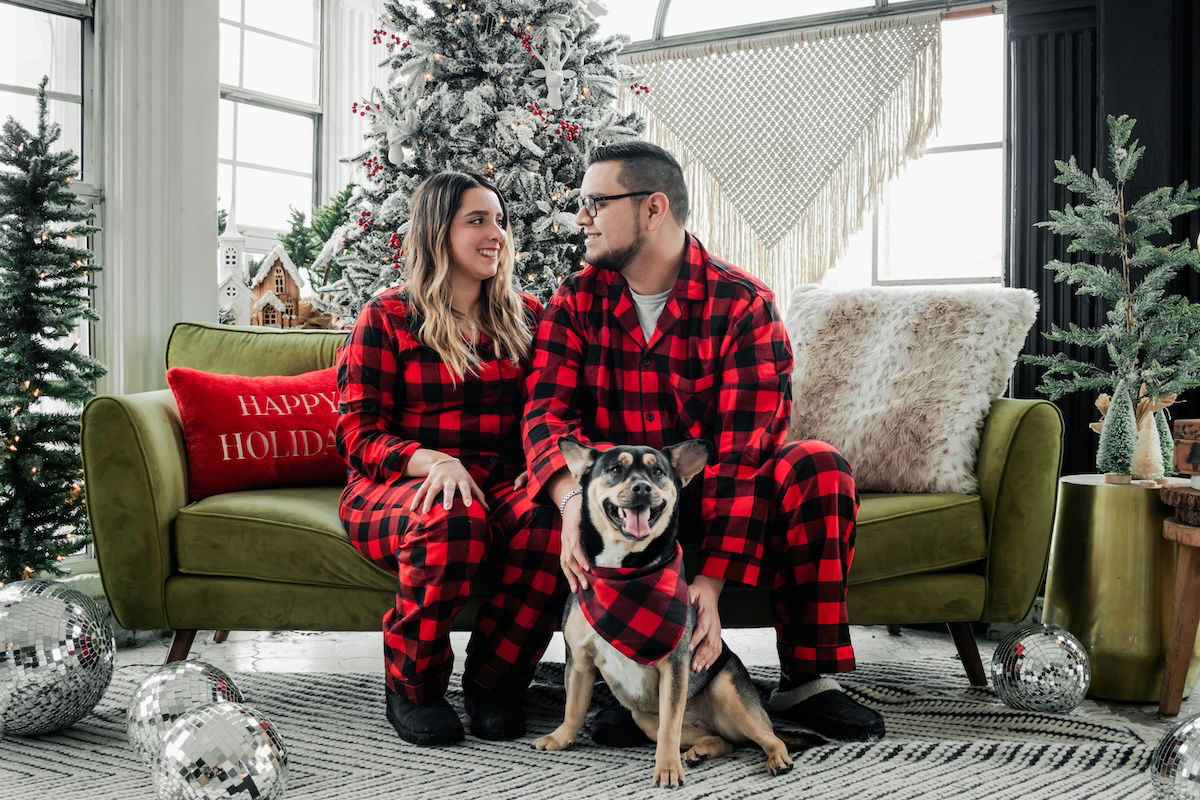
When photographing pets, getting down to their eye level can make a big difference in the impact of your images. Shooting from a low angle captures more engaging and interesting shots than shooting from above.
Photographing dogs at their level instantly connects them with the viewer and shows off your subject’s personality.
Capturing pets from below adds interest and life to your images, while shooting from a high angle can make the photos look generic. So next time you photograph your furry friend, get down on the ground and see what happens!
If you’d like to learn more about a dog perspective in pet photography, we have a great article that dives deeper into the topic.
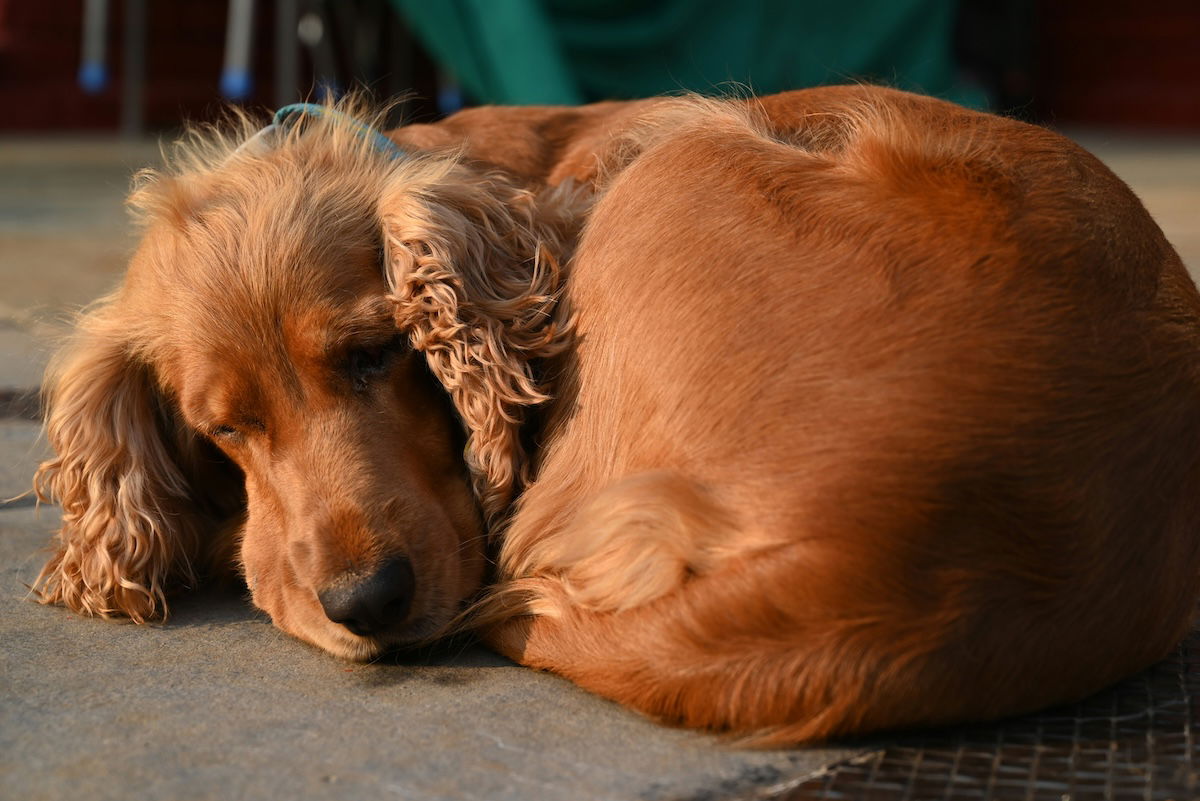
Pet photography is a diverse niche with many styles. Some photographers capture smooth, vibrant looks, while others produce dark, moody atmospheres. Many use wide-angle lenses to include landscapes or surroundings in their shots.
Whether you shoot in a studio or nature, posed or candid, there are talented dog photographers to inspire you. Alicja Zmyslowska shoots dreamy portraits, and Claudio Piccoli has striking action shots. These artists showcase the best of pet photography.
Other notable photographers include Kaylee Greer, who uses low angles and a wide lens to capture expressive portraits. And Seth Casteel specializes in underwater dog photography. If you want to learn more about dog photographers, we have many great examples.
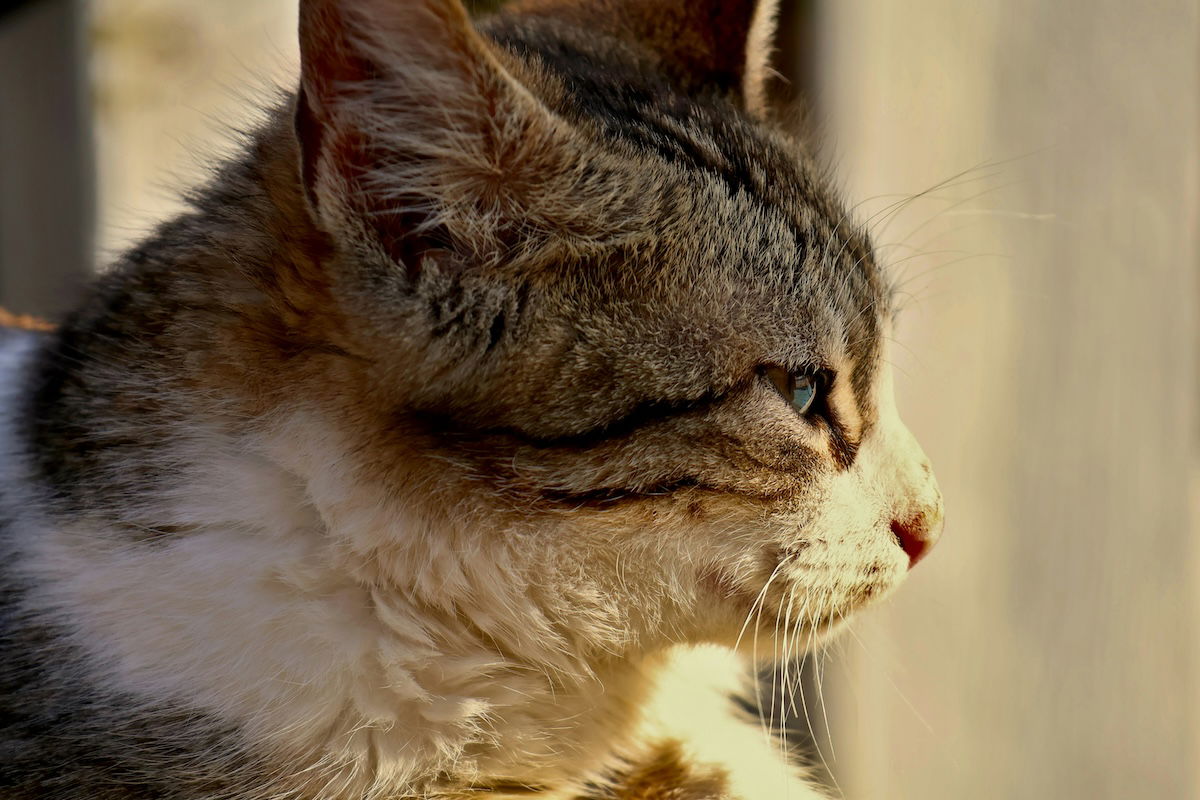
Dogs aren’t the only pets that you might want to photograph. Pets come in all different shapes and sizes, meaning you must approach each pet and their attitudes differently.
We have looked at a range of common pets to give you the best tips on how to shoot each one. We even have a section dedicated to shooting your pets with other family members!
Like pet photography, animal photography is a fun way to capture adorable moments with furry friends. These 30 ideas will inspire you to take amazing pet photos that make everyone smile.
We have everything from silly expressions to heartwarming poses. There are endless ways to photograph your pet’s unique personality.
You can capture the bond between pets and their owners or the connection between different animals. You can also experiment with unique perspectives. Shoot from below or focus on specific features like fuzzy fur.
With creativity and patience, you can create beautiful pet portraits that you’ll treasure forever. For even more inspiration, check out these pet photography ideas to help you capture the perfect shot of your beloved companion.
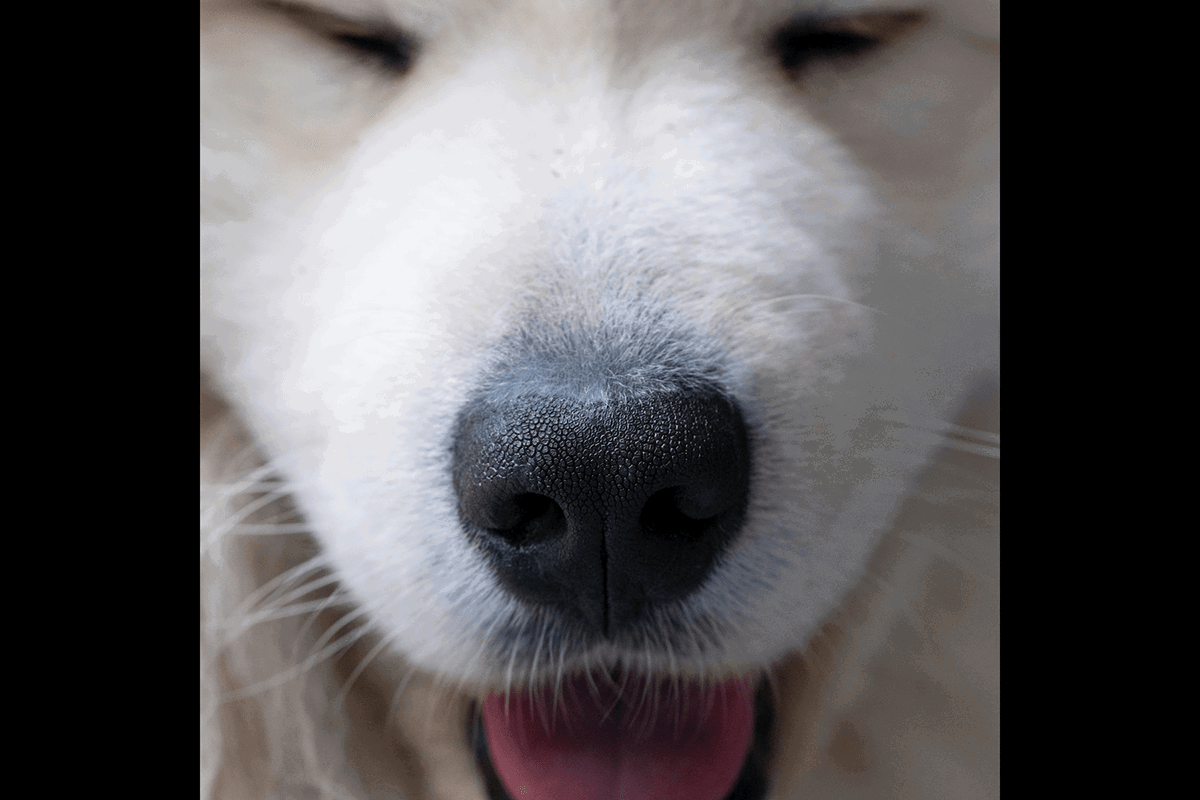
Cat photography is a fun and interesting niche. Cats have beauty and personality that make them great models. Here are some tips to improve your cat photography skills.
Always be ready to shoot, as cats move quickly and won’t repeat their actions for the camera. Use a semi-auto mode like aperture priority for fast shooting and burst mode to capture their behavior. Focus on the eyes to draw viewers in.
Shoot from different angles and distances. Medium shots are a good choice, showing the cat and some of its surroundings. Get up close or use a telephoto lens for detailed portraits. Be patient and let the cat get used to your presence.
We have a helpful resource available if you’d like to learn more about cat photography.
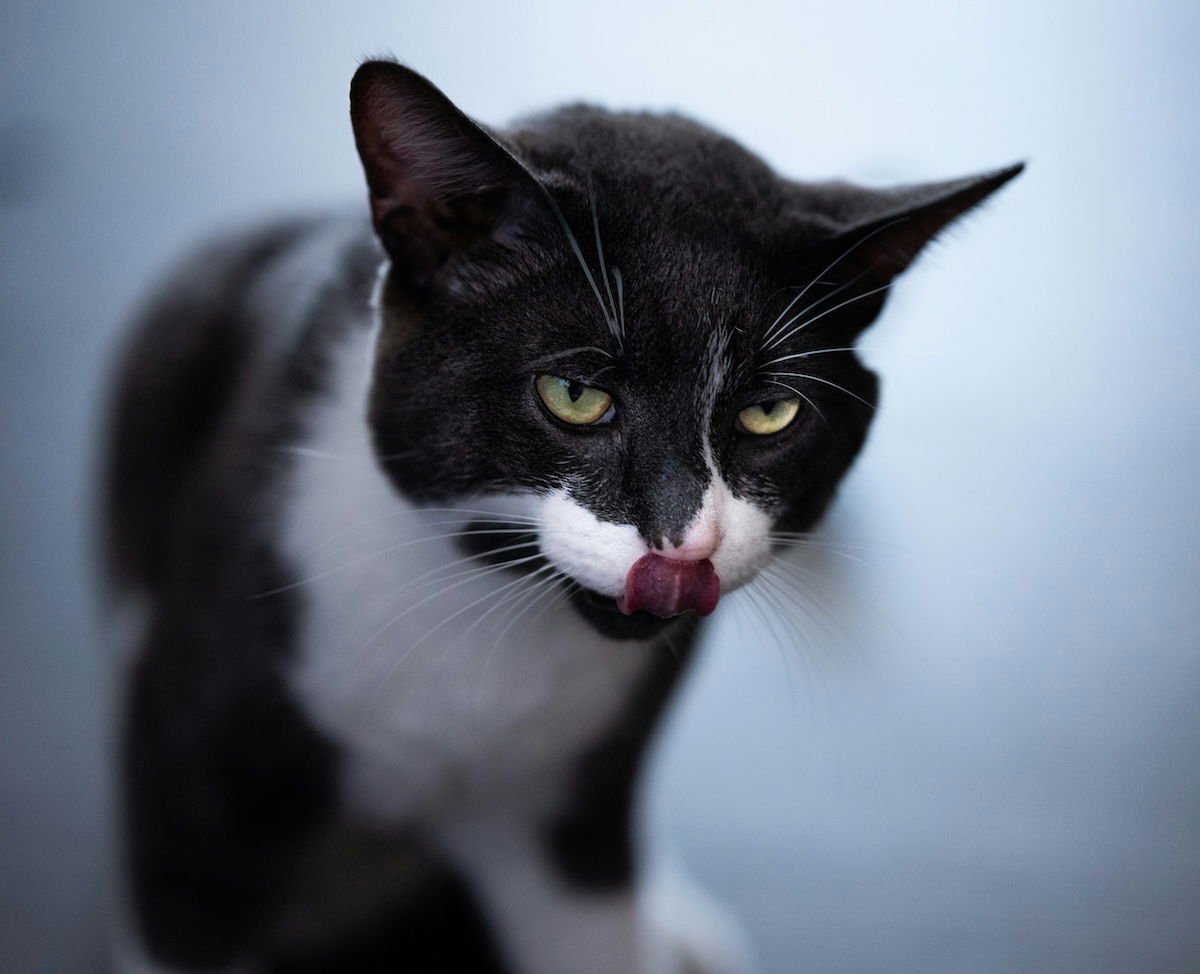
Capturing the perfect kitten photos can be challenging, but with these nine tips, you’ll take the cutest shots in no time. Start by getting your kitten to relax and look at the camera using toys, treats, or sounds. Be patient and prepare for unexpected moments, as kittens are unpredictable.
Use your camera’s autofocus and continuous shooting mode to capture sharp images of your fast-moving subject. In good lighting, use aperture priority mode to control depth of field or shutter priority mode to freeze motion.
For low-light situations, switch to manual mode and adjust settings accordingly. Be careful not to scare your kitten when using an extra light source.
Emphasize their unique traits by changing perspectives and taking various pictures, including wide, medium, and close-up portraits. With these tips, you’ll be well on your way to capturing the most adorable kitten images.
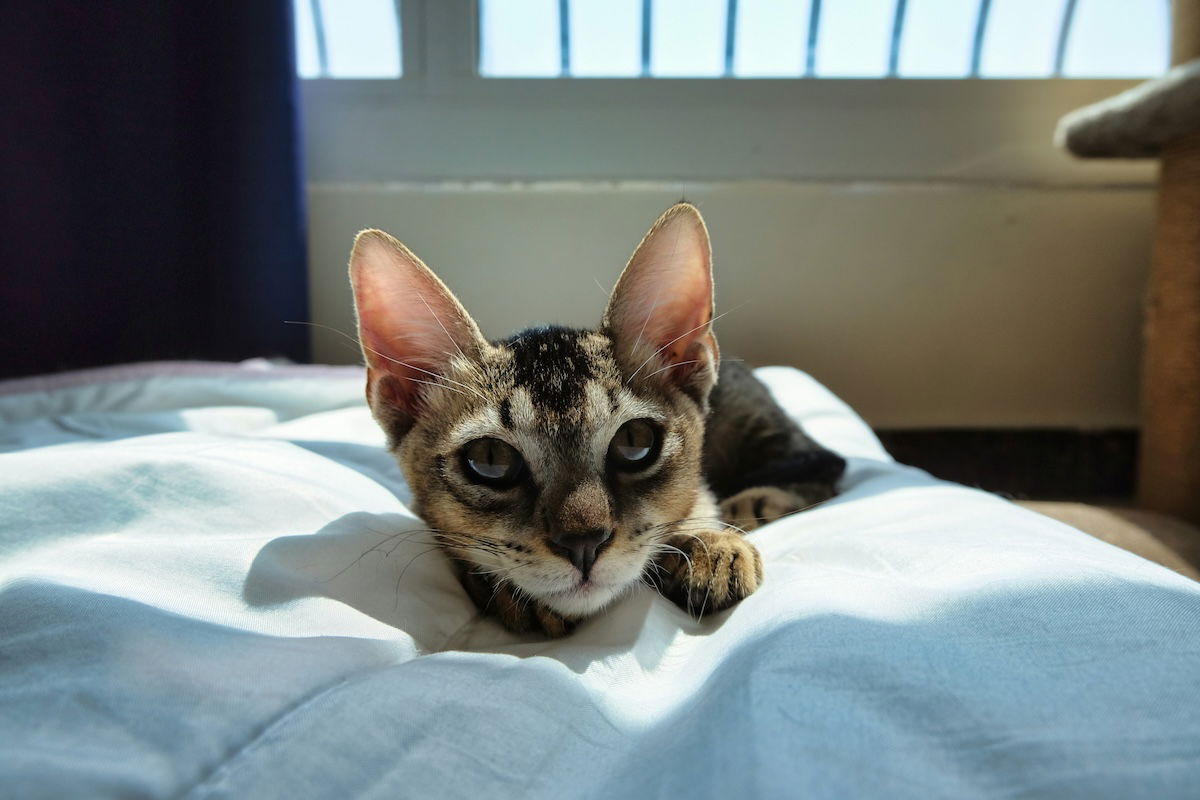
Taking pictures of bunnies can be a fun and rewarding experience. To get the best shots, use natural light and avoid using a flash, which can scare the rabbits. Get down on their level for more engaging photos, or hold them in your hand for a different perspective.
Interacting with the rabbits can lead to more animated shots. If you have multiple bunnies, try photographing them together for double the cuteness. Including children or the whole family in the photos can create meaningful memories.
For extra detail, get close to the rabbits with a macro lens to capture their fluffy fur. Pictures of bunnies are a great way to preserve special moments with these adorable pets.
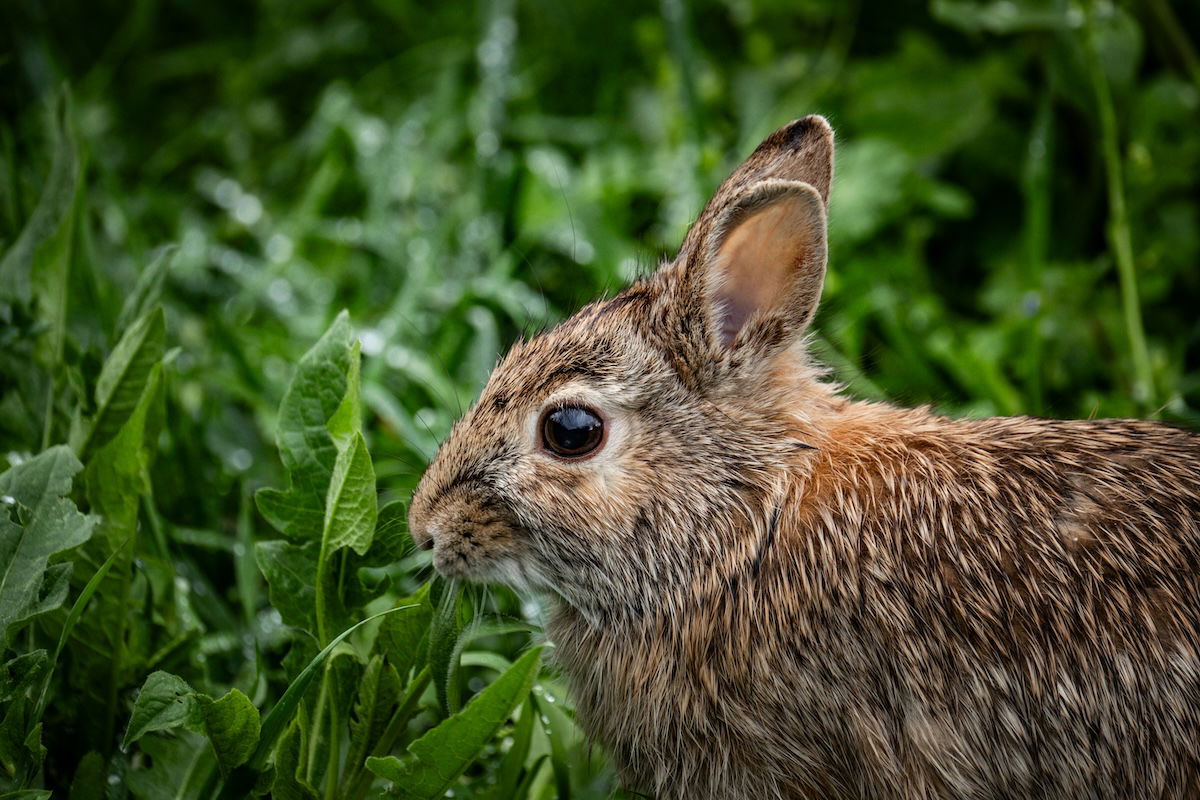
Capturing the beauty and grace of horses requires a blend of technical skill and an understanding of their behavior.
Spend time with horses to familiarize yourself with their nature before attempting to photograph them. Safety should always be a top priority when working with these large animals.
Choose the right lens for horse photography, such as a standard or telephoto lens, to avoid distortion. Use burst mode and continuous focus to capture horses in motion. Minimize flash usage to avoid startling the horses.
Pay attention to the background to ensure the horse stands out. Highlight the unique characteristics of different horse breeds in your photos. Capture horses with their ears up for a more alert and engaged look.
If you’d like to learn more about horse photography, our detailed guide covers everything you need to know.
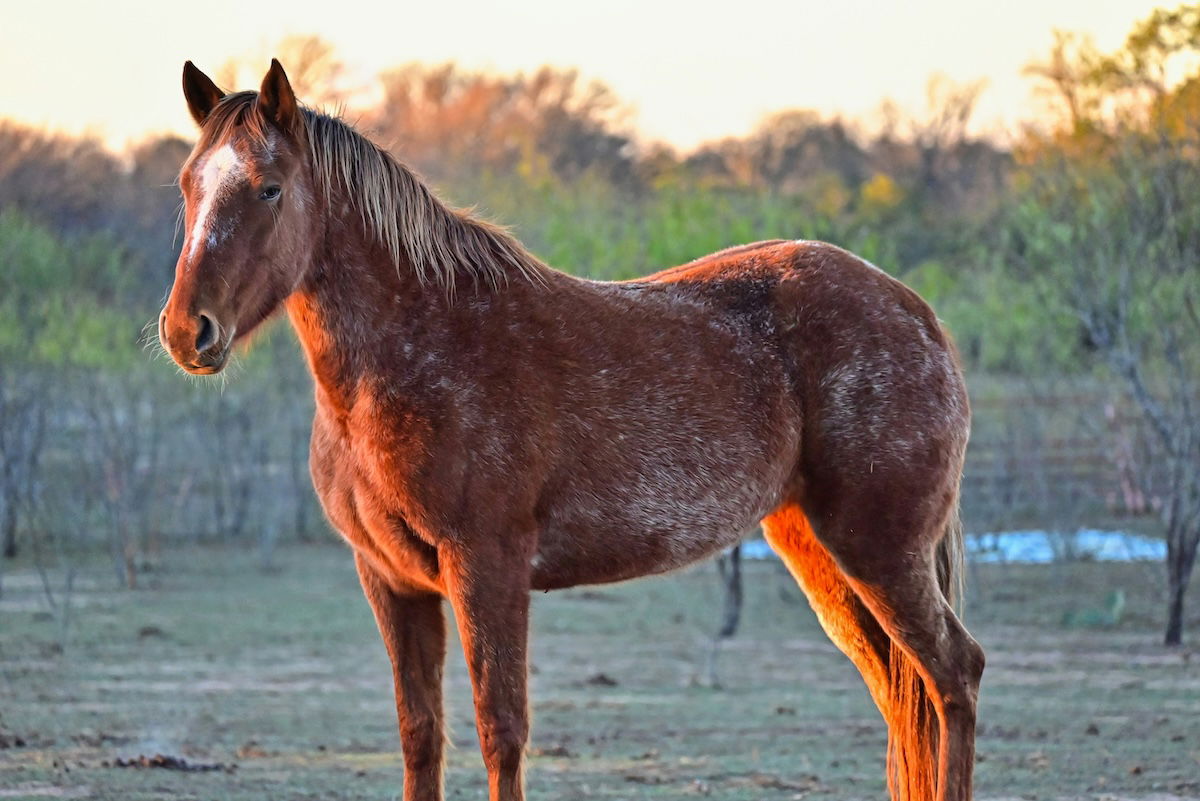
Taking family photos with dogs and cats can be a fun and rewarding experience. To get the best shots, prepare the pets and owners beforehand by choosing a comfortable location and familiarizing the animals with the camera.
Get to know the animals and ensure their happiness before the session by feeding them and providing exercise. Then, use natural light and avoid flash to prevent spooking the pets. You can also use treats, toys, and commands to guide their behavior and capture their unique personalities.
Be patient and spontaneous, ready to capture candid moments. Use a fast shutter speed, burst mode, and continuous focus to freeze action shots. Highlight the bond between pets and owners through playful interactions and matching outfits.
Most importantly, have fun and let the pets enjoy the session for genuine expressions. Check out our full article to learn more about family photos with pets.
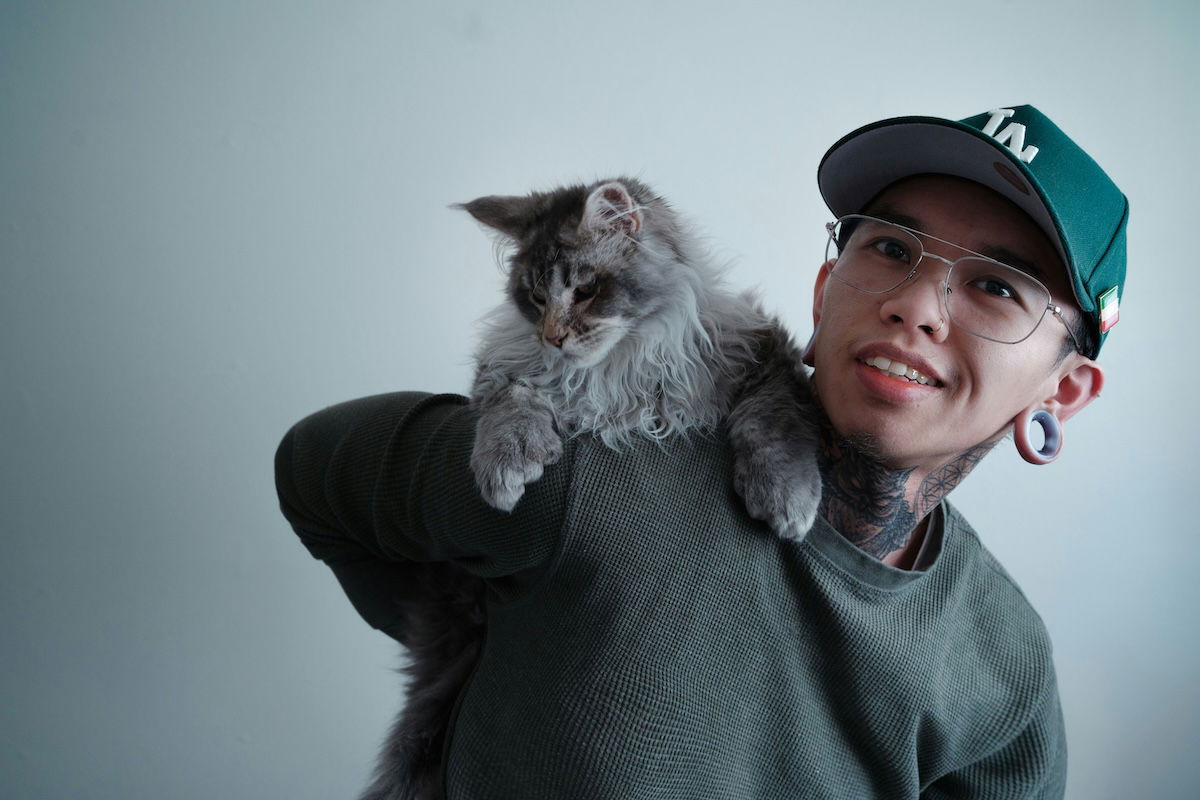
Now, let’s review the best photographic equipment for professional-quality pet photographs. These sections explore the top equipment on the market for pet photography. But remember, your phone can probably take amazing pictures of your pets.
We also have included a section on the best remote pet cameras. These cameras help you watch your pets if you are away from home.
The best camera for pet photography helps you take stunning images of your pets. The Nikon Z5 is a top choice. It’s an accessible full-frame mirrorless camera with fantastic picture quality and features that make pet photography easier.
The Z5 has a 24.4 MP sensor that delivers accurate details and vibrant colors. The advanced autofocus system is ideal for pet portraits, with eye detection for humans and animals like cats and dogs. It’s accurate even with moving subjects.
This camera also has excellent video features. You can create crisp 4K videos at 30 fps or Full HD at 60 fps. Wi-Fi connectivity lets you easily transfer media to other devices and post your pet photos on social media.
The Nikon Z5 is perfect for pet photographers of all skill levels. It delivers pro-level images but is still easy to use. If you’d like to learn more about the best camera for pet photography, check out our full review.



Using a telephoto lens for pet photography has many benefits. It lets you capture pets in a natural state without interrupting their activities or making them feel uncomfortable. Telephoto lenses also produce a distortion-free perspective, so your pet photos look realistic and true to life.
Telephoto lenses are very versatile. You can use them for action shots, portraits, and macro photography. Many telephoto lenses have built-in image stabilization to help reduce camera shake and blur, which is especially useful in low-light situations.
While telephoto lenses can be expensive and heavy, they are a worthy investment for pet photographers. They hold their value well over time—you can use them for many years! Read our full review to learn more about telephoto lenses for pet photography.




Pet cameras are a great way to keep an eye on your furry friends when you’re away from home. The best pet cameras have features like two-way audio, night vision, and treat dispensers. These features let you interact with your pet even when you’re not there.
Our top pick is the Petcube Bites 2. It has a 1080p HD camera, night vision, and a treat dispenser. The Wyze Cam v3 is a good budget option with similar features. And the Furbo Pet Cam can toss treats to keep your pet entertained.
When choosing a pet camera, look for one with a wide field of view and zoom capabilities. This versatility lets you see more of the room and get a closer view of your pet. Two-way audio is also important for communicating with your pet and reducing separation anxiety.
We have a detailed guide with even more recommendations for the best pet cameras.



Here are some tips for taking great pet photos with a pet photo app. Use natural light for the most flattering photos of your pet. Take photos near a large window on a sunny day or in a shaded area outdoors. This lighting gives your pet a nice glow and makes their eyes sparkle.
Focus on your pet’s eyes to capture emotional and expressive photos. Get close-ups or crop the image so their eyes are prominent. And use portrait mode to blur the background and make their eyes stand out more.
Get down to your pet’s level for unique perspectives. This angle also makes your pet feel more comfortable. The closer your phone is to your pet, the easier it is to take high-quality photos.
Our full article covers everything you need to use a pet photo app.
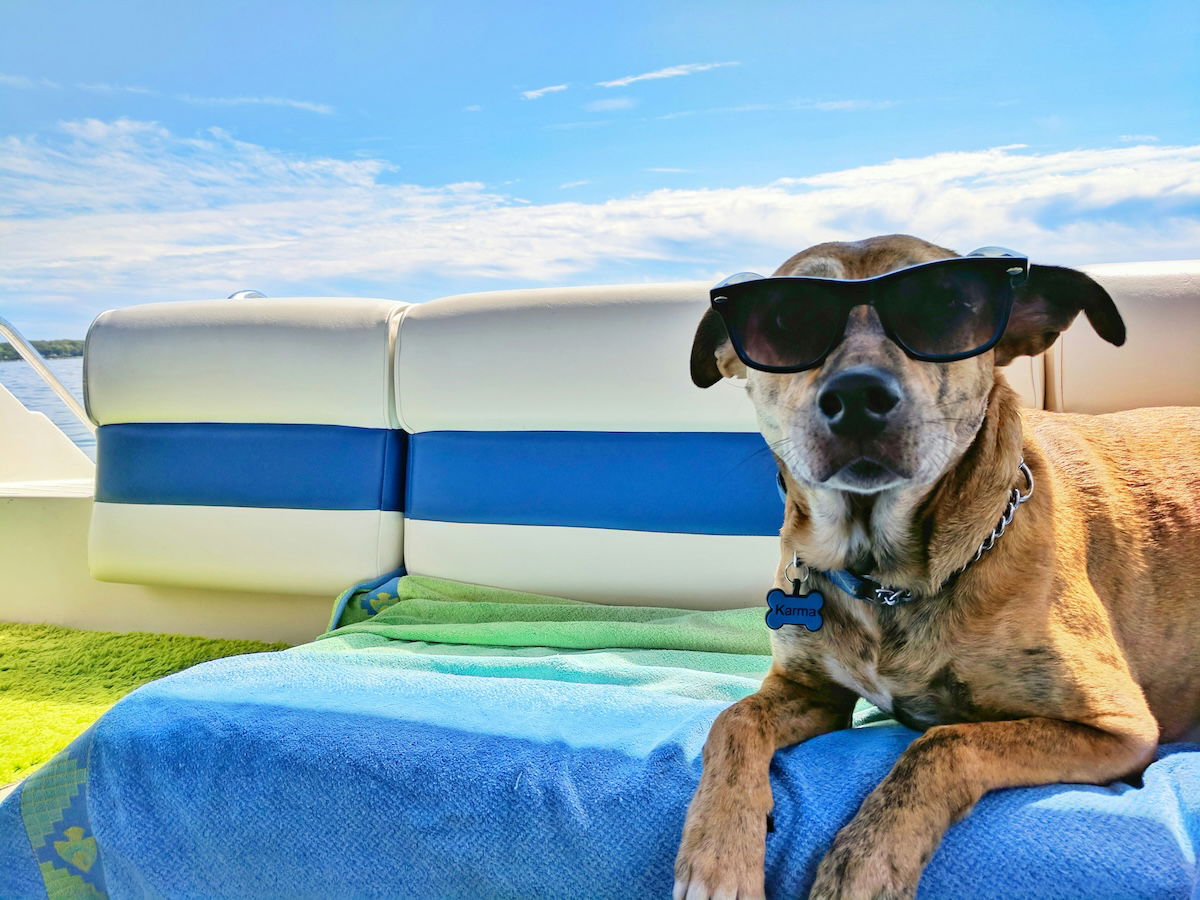
Starting a pet photography business requires more than just a love for animals and a camera. To be successful, you need to develop your business skills. Take business courses or intern with an established pet photographer to learn the ins and outs of running a photography business.
Marketing is another important aspect of starting a pet photography business. Finding ways to stand out from the competition and reach your target audience is best. Ways can include creating ads, using social media, and offering referral programs to encourage repeat business.
If you’d like to learn more about starting a pet photography business, read our full article.
